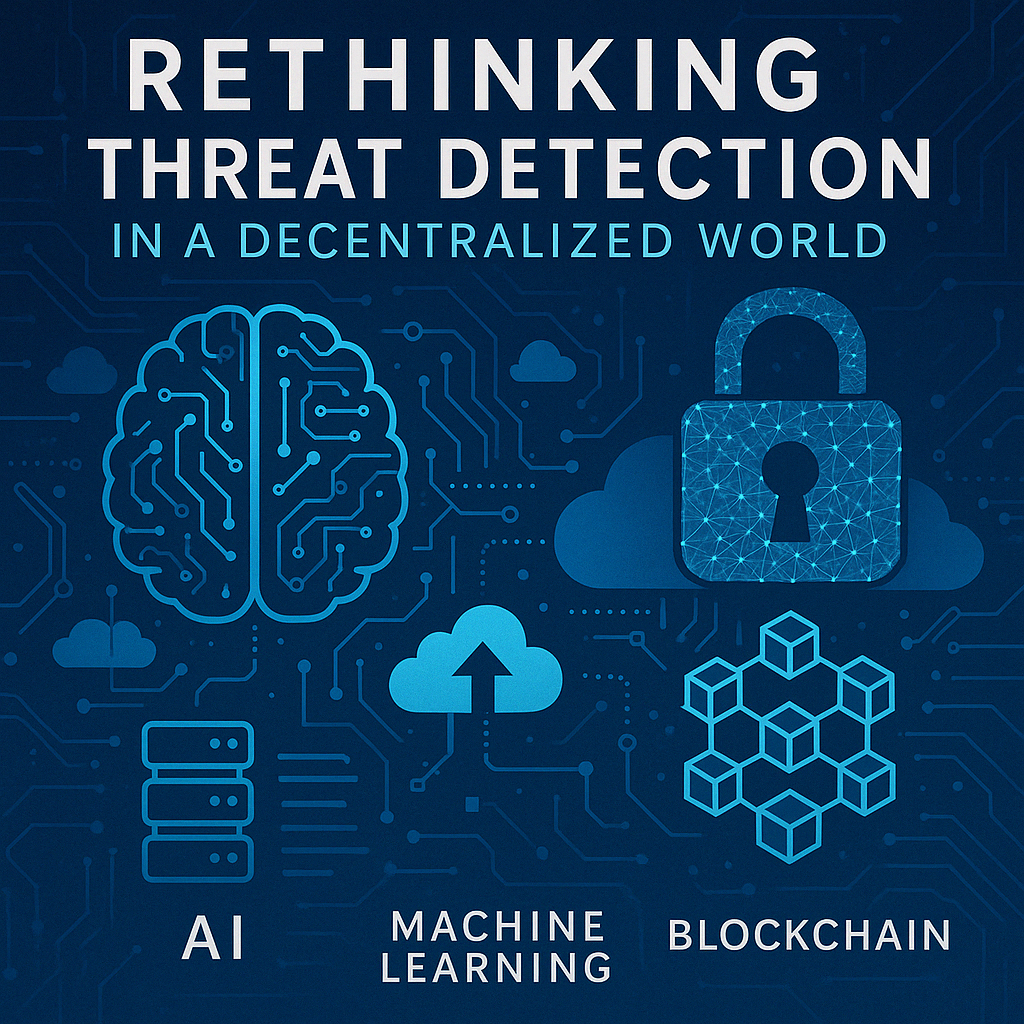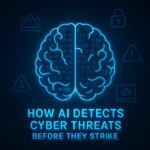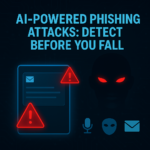Introduction: Why the Old Threat Detection Model No Longer Works
In today’s decentralized world, traditional cybersecurity strategies are quickly becoming obsolete. With the rise of remote work, hybrid cloud infrastructures, and blockchain-based systems, organizations no longer operate within well-defined perimeters. As a result, threat detection must evolve from static, rules-based systems to intelligent, adaptive frameworks powered by AI and machine learning. Threat detection in a decentralized world has become a critical concern for cybersecurity professionals. As systems grow more distributed, relying on outdated, perimeter-based defenses is no longer effective.
“Threat detection in a decentralized world” has never been more relevant. As organizations grow more distributed, they must adopt advanced methods to monitor, identify, and neutralize threats across a fragmented digital environment.
The Rise of the Decentralized World: What’s Changing?
The shift toward decentralization has redefined how businesses manage data and applications. Key drivers of this shift include:
- The explosion of cloud-native applications
- Increasing adoption of blockchain technology
- Rising demand for remote work infrastructure
- Proliferation of Internet of Things (IoT) devices
In this decentralized world, data doesn’t reside in one place. Instead, it’s spread across edge devices, hybrid clouds, private blockchains, and multiple geolocations. This decentralization expands the attack surface, making it significantly harder to detect sophisticated threats using legacy systems.
Why Traditional Threat Detection Fails in a Decentralized World
Legacy cybersecurity tools rely on known signatures and static rule sets. These systems work well in controlled environments but fail in complex, distributed ecosystems. Threat actors are evolving faster than traditional systems can adapt. In a decentralized world, threats don’t always follow predictable patterns, making manual detection nearly impossible.
According to Forbes, organizations must rethink cybersecurity frameworks to address the risks of operating in a decentralized world.
For example, an attacker may use encrypted blockchain transactions or AI-generated phishing emails, making it difficult for signature-based systems to flag them. Clearly, organizations need intelligent threat detection that works across dynamic, unstructured environments.
AI and Machine Learning for Threat Detection in a Decentralized World
Artificial intelligence (AI) and machine learning (ML) are revolutionizing how companies detect threats in a decentralized world. These technologies enable systems to:
- Learn from historical threat data
- Identify behavioral anomalies in real-time
- Predict emerging attack patterns
- Automate threat response and mitigation
Unlike static systems, AI-powered threat detection adapts continuously. For instance, machine learning algorithms can recognize suspicious login behaviors or unusual data access patterns—flagging them before damage occurs. More importantly, they can do this at scale, across thousands of endpoints, without human intervention.
Blockchain and Decentralized Cybersecurity
Blockchain doesn’t just decentralize finance—it’s now an emerging pillar of cybersecurity itself. Here’s how blockchain enhances threat detection:
- Tamper-proof logs: Each transaction on a blockchain is immutable, providing clear forensic trails.
- Smart contracts: These automated rules can detect and block unauthorized actions.
- Decentralized identity (DID): Reduces reliance on central servers for authentication, mitigating common attack vectors like credential stuffing.
In combination with AI, blockchain-based cybersecurity models offer a decentralized, trustless way to detect and respond to threats across ecosystems.
Zero Trust Architecture in a Decentralized Landscape
To survive in a decentralized world, organizations must shift to a Zero Trust Architecture—a model that verifies every user, device, and transaction by default. When paired with AI, zero trust can:
- Continuously evaluate trust levels
- Restrict access in real-time
- Monitor micro-behaviors of users and devices
In essence, zero trust and AI-driven threat detection form the backbone of modern cybersecurity in decentralized environments.
Real-World Use Cases
🔐 Financial Institutions
Banks use AI to monitor blockchain-based transactions in real-time, preventing fraud before it spreads.
🏥 Healthcare
Hospitals leverage machine learning to detect anomalies in patient data access, even from remote workers on personal devices.
🏢 Enterprises
Corporations deploy zero trust and threat intelligence platforms to secure hybrid environments that span cloud and on-prem infrastructure.
Internal and External Collaboration is Critical
Cybersecurity is not just a technical challenge—it’s a team sport. Organizations must collaborate internally and externally:
- Share threat intelligence through blockchain-powered federated networks
- Collaborate with AI vendors to build custom detection models
- Maintain internal awareness through cybersecurity training
At acybersec.com, we offer in-depth coverage of these modern cybersecurity frameworks and strategies.
For a closer look at how automation and humans compare in modern threat detection, read:
👉 AI vs Human in Cybersecurity: Who Holds the Edge?
Challenges in Implementing AI-Driven Threat Detection
Of course, it’s not all smooth sailing. Key challenges include:
- Bias in algorithms due to poor training data
- Privacy concerns with over-collection of user data
- Interpretability of AI decisions in compliance audits
However, these challenges are manageable with transparent AI models and strong data governance.
Conclusion: Future of Threat Detection in a Decentralized Cybersecurity World
To thrive in a decentralized world, organizations must move beyond outdated, rule-based threat detection. They must adopt intelligent cybersecurity strategies built on AI, machine learning, and blockchain technologies. By doing so, they will not only detect threats faster but also build resilient systems that can adapt to ever-changing attack surfaces.
The future of cybersecurity is not just about protection—it’s about prediction, prevention, and precision in a decentralized, AI-powered world.





Leave a Reply